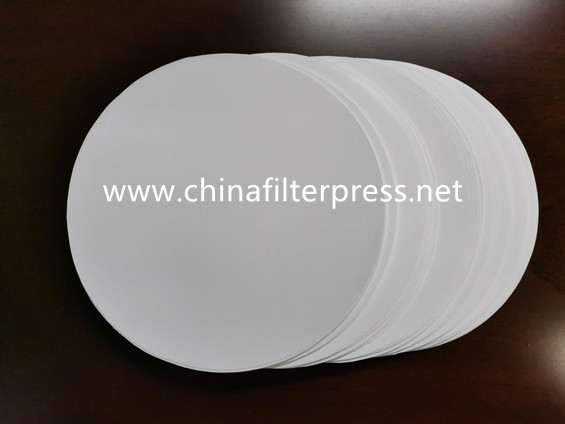
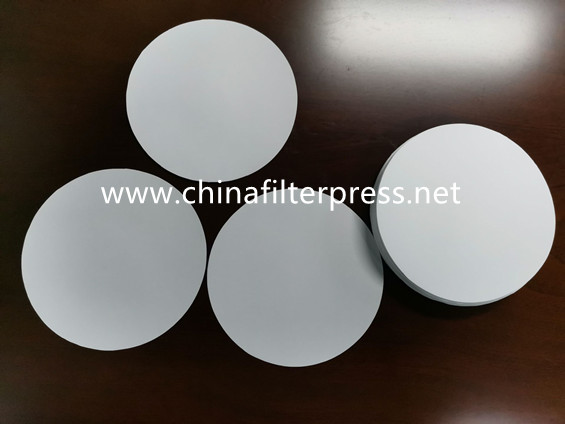
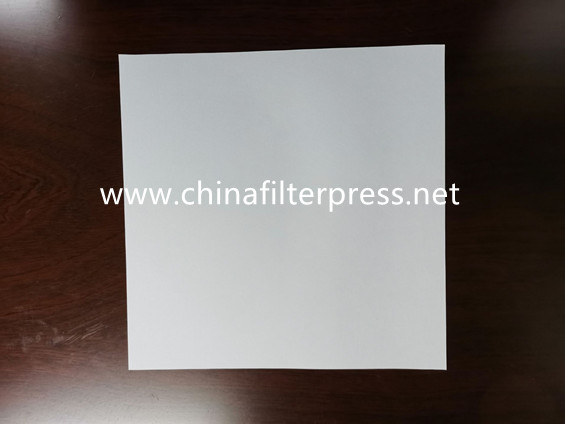
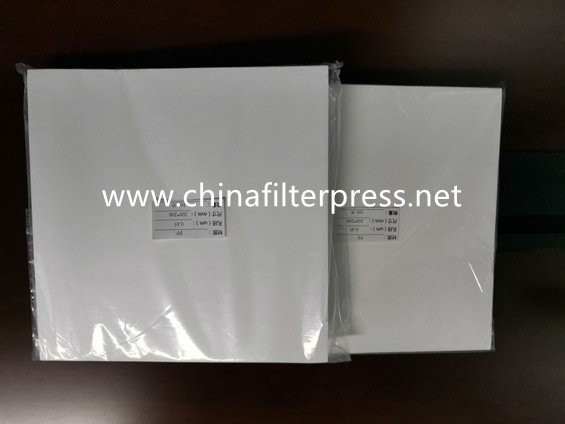
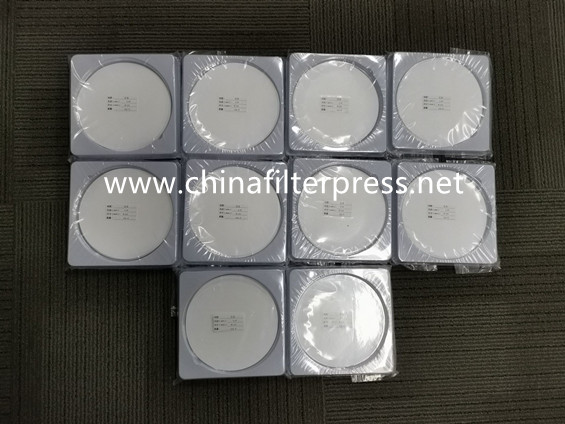





Filter membrane is a thin film material used to separate smaller molecules and particles. It is usually made of polymer materials and is widely used in laboratories and industries to separate, purify and concentrate chemicals, biological products and other substances. Our company mainly provides filter membranes made of the following materials.
Filter membrane is a thin film material used to separate smaller molecules and particles. It is usually made of polymer materials and is widely used in laboratories and industries to separate, purify and concentrate chemicals, biological products and other substances. Our company mainly provides filter membranes made of the following materials.
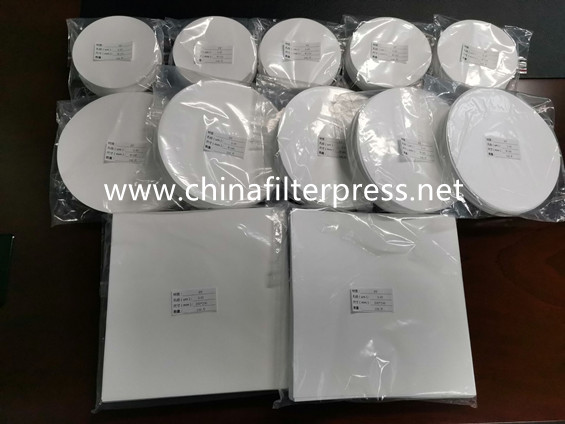
Features: Good temperature resistance, can withstand 121℃ saturated steam autoclave sterilization for 30 minutes, maximum working temperature 60℃, good chemical stability, can withstand dilute acids, dilute alkalis, alcohols, esters, oils, hydrocarbons, halogenated hydrocarbons and organic oxides and other organic and inorganic compounds.
Applications: Electronics, microelectronics, semiconductor industrial water filtration, tissue culture medium filtration. Liquid filtration, beverage filtration, high-purity chemical product filtration. Filtration of aqueous solutions and organic mobile phases.
Features: The membrane has high mechanical strength and tensile strength, good heat resistance and chemical stability, low protein adsorption rate; strong negative electrostatic and hydrophobic properties; it has both hydrophobic and hydrophilic forms. But it cannot tolerate acetone, DMSO, THF, DMF, dichloromethane, chloroform, etc.
Uses: Hydrophobic polyvinylidene fluoride membranes are mainly used for gas and steam filtration, and high-temperature liquid filtration. Hydrophilic polyvinylidene fluoride membranes are mainly used for sterilization filtration of tissue culture media, additives, solvents, purification and filtration of chemical raw materials, aseptic treatment of reagents, and filtration of high-temperature liquids.
Features: relatively uniform pore size, high porosity, no medium shedding, thin texture, low resistance, fast filtration speed, minimal adsorption, low cost, but not resistant to organic solutions and strong acid and alkali solutions.
Use: Water injections and large infusions that require autoclave sterilization in the pharmaceutical industry to remove particles. For sterilization of heat-sensitive drugs (insulin ATP, coenzyme A and other biochemical preparations), use a 0.45 micron filter membrane (or 0.22) Analysis and determination of particles and oil insolubles in the solution, and determination of water pollution index. Applied to scientific research departments such as somatic cell hybridization and mitochondrial complementation prediction of hybrid vigor research.
Features: No adhesive, stable chemical properties, flexible, not easy to break, high temperature resistant, can withstand high pressure sterilization. Non-toxic and tasteless, acid and alkali resistant.
Use: Suitable for making various coarse and fine filters, folding filter elements. Applicable to plate and frame filter press membranes in beverage, pharmaceutical and other industries.
Applicable to the support and pretreatment of reverse osmosis membranes and ultrafiltration membranes.
Features: No adhesive, stable chemical properties, flexible, not easy to break, high temperature resistant, can withstand high pressure sterilization. Non-toxic and tasteless, acid and alkali resistant.
Use: Suitable for making various coarse and fine filters, folding filter elements. Applicable to plate and frame filter press membranes in beverage, pharmaceutical and other industries.
Applicable to the support and pretreatment of reverse osmosis membranes and ultrafiltration membranes.
Polypropylene membrane is non-toxic and can be widely used in the fields of medicine, chemical industry, food, beverage, etc.; it is hydrophobic and is particularly good for gas filtration.
Features: The microporous filter membrane made of ethersulfone is a hydrophilic filter membrane with high flow rate, low dissolution, good strength, no adsorption of protein and extracts, and no pollution to the sample.
Use: Low protein adsorption and high drug compatibility, specially designed for biochemistry, testing, pharmaceutical and sterilization filtration devices.
Features: The widest chemical compatibility, can withstand strong solvents such as DMSO, THF, DMF, dichloromethane, chloroform, etc.
Application: Filtration of all organic solutions, especially filtration of strong solvents that other filter membranes cannot withstand.